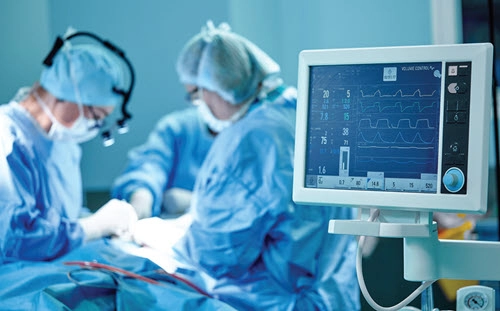Master Partial Services Coding With This Modifier Advice
Get the scoop on post-op care coding. Occasionally, a provider can only perform a portion of a procedure or service for a patient. When that happens, you may need to sift through your modifier choices to ensure your claim is correct. Which ones? Modifiers 26 or 54 are frequently used in these situations to show the payer that you are only coding for the services your practice performs. Check out our expert advice on best use of modifiers 26 (Professional component) and 54 (Surgical care only). Professional Component Only? Use 26 According to Kelly Dennis, CANPC, CHCA, CPC, CPC-I, owner of Perfect Office Solutions in Leesburg, Florida, “some procedures are a combination of both a physician component and a technical component. Using modifier 26 identifies the physician’s component. When a 26 modifier is reported, it reduces payment to just the physicians work, not the cost of the equipment.” This splitting of the service into professional and technical components happens often when your provider uses someone else’s facility/equipment. “It is used mostly in office or other outpatient facilities when the equipment is the property of the clinic or facility and not the physicians,” explains Suzan Hauptman, MPM, CPC, CEMC, CEDC, senior principal of ACE Med Group in Pittsburgh. For example, if a patient has a computed tomography (CT) scan in a hospital, “the facility would bill for the technical component of the test and the physician who reads and interprets the test, creating a report, will bill for the professional component; thus, the 26 modifier is need to demonstrate the split.” Example: A patient comes in for a visit, and after a low-level evaluation and management (E/M) visit, the provider sends the patient down the hall for an X-ray of her skull with five views. Once that is performed, the doctor does the official writing up of the report. On this claim, you’ll report 70260 (Radiologic examination, skull; complete, minimum of 4 views) for the X-ray with modifier 26 attached. “The technical component of actually capturing the views was done by the facility; and thus, they will bill that portion with a TC [Technical component…] modifier. The physician, on the other hand, will use the 26 modifier to illustrate his involvement in the service,” according to Hauptman. Use These Tips for 26 Success There are consequences for not using modifier 26 when appropriate, Hauptman warns. “You may get paid in full for a service you did not totally perform; or you may not get paid at all,” she says. You also need to mind the HHS Office of Inspector General (OIG), “as it watches the professional services, and the 26 modifier, very carefully,” she continues. In order to ensure proper modifier 26 use, Hauptman encourages coders to follow these basic guidelines: Use 54 for Surgical Component Only Another instance where you would be coding only for a portion of the service involves surgeries, and modifier 54. Use 54 “when the physician provides only the surgical procedure — pre-op and intraoperative care — and another physician provides post-op care,” explains Catherine Brink, BS, CPC, CMM, president of Healthcare Resource Management in Spring Lake, New Jersey. There are several situations in which a coder might use modifier 54 — often involving people who don’t live in your area and won’t be around for postoperative care. Remember: A coder should only append modifier 54 to the procedure code when your provider reaches an agreement with the patient (and their payer) about providing surgical care only. The provider must know that the patient will obtain postoperative care elsewhere before taking on the surgery. With the 54 modifier, the rendering physician should be paid about 70 percent of the allowed relative value units (RVUs) for the code.




.webp)
